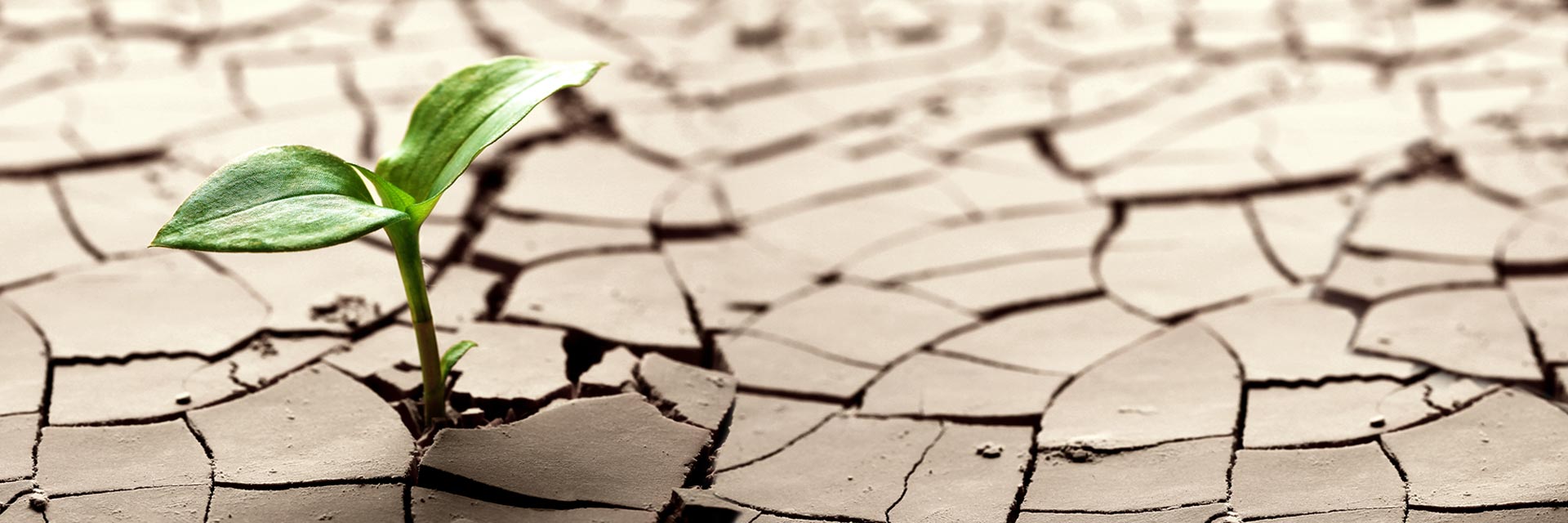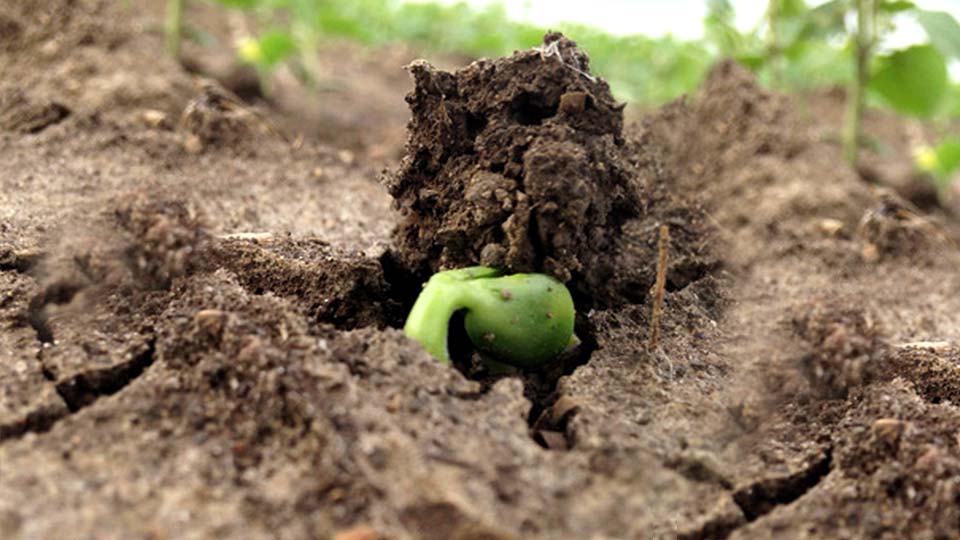
Did you know that mycorrhizae are efficient in drougth situations?
Learn more about this beneficial mycorrhizal inoculant.

Did you know that mycorrhizae are efficient in drougth situations?
Learn more about this beneficial mycorrhizal inoculant.
Mycorrhizae increase tolerance to various environmental stresses (diseases, drought, compaction, salinity, etc.), and play a major role in the soil particle aggregation process and contribute to improving soil structure which leads to better water penetration, better aeration, less erosion and leaching.
Benjamin Jayne and Martin Quigley of the University of Denver mentioned that “[…] our meta-analysis reveals a quantifiable corroboration of the commonly held view that, under water-deficit conditions, plants colonized by mycorrhizal fungi have better growth and reproductive response than those that are not.” “Most measures of growth are augmented by the symbiosis when plants are subjected to water stress; […].” 1
It has been found that plants with AMF association display greater hydraulic conductivity in roots and reduced transpiration rate under drought stress. This may be due to their capacity to regulate their ABA levels (abscisic acid – a plant hormone) better and faster than non-AM plants. This establishes a greater balance between leaf transpiration and root water movement in drought situations and drought recovery.2
1 Jayne B., Quigley M. 2013. Influence of arbuscular mycorrhiza on growth and reproductive response of plants under water deficit: a meta-analysis. Mycorrhiza 2014. 24:109-119.
2 Aroca et al. 2008. Mycorrhizal and non-mycorrhizal Lactuca sativa plants exhibit contrasting responses to exogenous ABA during drought stress and recovery. Journal of Experimental Botany, Vol. 59, No. 8, pp. 2029-2041. In: Raviv M. 2010. The use of mycorrhiza in organically-grown crops under semi arid conditions: a review of benefits, constraints and future challenges. Symbiosis 2010. 52-65-74.

Discover how AGTIV® strengthens partnerships and drives agricultural success in 2025 with innovative biological products that boost crop performance. Reflecting on 2024's achievements, we thank our partners and introduce new tools, resources, and opportunities for the coming season.
